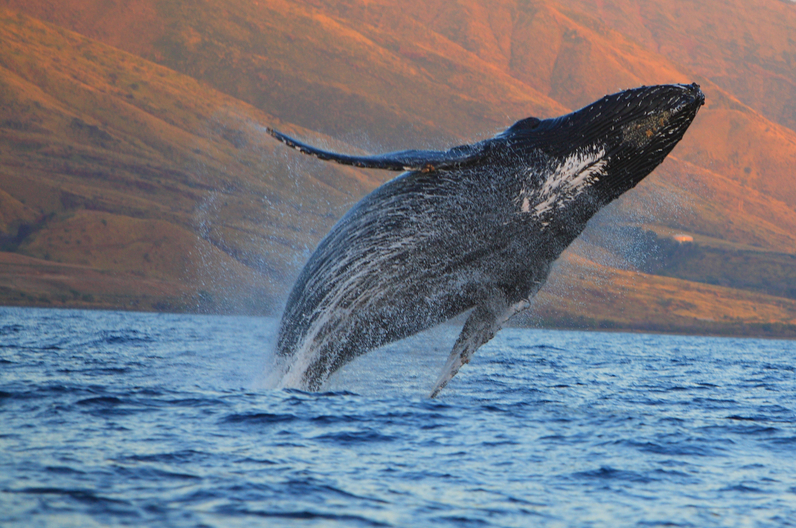Humpbacks Endangered? Critical Year 2017
- Whale Trust Maui
- 27 de out. de 2017
- 3 min de leitura

This year may go down as one of the most critical years for humpback whale research in Hawaii in the last fifty years. For the first time since 1966 when whaling was deemed illegal in the North Pacific, humpbacks will no longer be considered an endangered species trying to come back from the brink of extinction. While there are many reasons to celebrate this recovery, on the heels of this landmark decision was one of the most abnormal winters on record for humpback whales across the Pacific Ocean.
The decision to delist humpbacks has left many researchers with mixed feelings on how to respond. On the one hand, there is no question that the number of humpbacks has increased substantially in most areas of the world since whaling stopped; and humpbacks will still be protected under the Marine Mammal Protection Act in the U.S. On the other hand, the decision does not reflect or indicate that we actually understand the biological, ecological, and social requirements for these populations to continue to recover and thrive in a changing world. Indeed, we are venturing into unchartered territory with no clear grasp on how the complex and changing landscape of their environment will impact populations going forward. All of which is vital to developing and implementing any kind of meaningful conservation and management program.
The winter of 2016, in terms of the sheer number of whales and the behavior of whales on breeding grounds across the North Pacific, was undeniably one of the strangest on record. There were noticeably fewer whales, changes in migration patterns (the breeding season started later and ended earlier), dramatic changes in behavior (less surface activity associated with mating strategies, longer downtimes), and fewer mothers and calves observed. In Hawaii, we speculated that far fewer females had shown up than usual. If indeed this is true, where were they? Did they not migrate as far south as usual? Did they stay on or around the feeding grounds? If so, how has will this affect reproduction going forward?
We have no idea what happened in 2016 or why. One aberrant season does not warrant a crisis. However, what it did emphasize was an almost shocking lack of knowledge about these animals, and the stark recognition of a large gap in current research efforts. Systematic monitoring on the abundance of whales on breeding grounds has become nearly obsolete over the past ten years. Without collecting this kind of consistent baseline data it is impossible to determine just how different from “normal” 2016 really was.
As such, Whale Trust is expanding our core research program to include a systematic monitoring component that will contribute to validating and investigating large-scale changes in abundance and behavior. Our commitment to research on social organization, behavior and communication has not changed – but if nothing else, 2016 told us we need to do more. The change in the endangered species designation of humpbacks makes this responsibility even more compelling.
So why is 2017 so important? It marks the first season of the official ‘recovery’ of the humpback population that ironically coincides with the biggest mystery on humpback status since whaling stopped. Consequently, monitoring breeding populations will be even more vital this coming season than in previous ones. Either the season will be similar to 2016 in which case some critical questions as to the health of the population will arise, or, it will be back to “normal” in which case we will be left wondering what happened – with lingering questions about how sensitive whales are to minor changes in water temperature and what this means in the context of global warming.








































Comentários